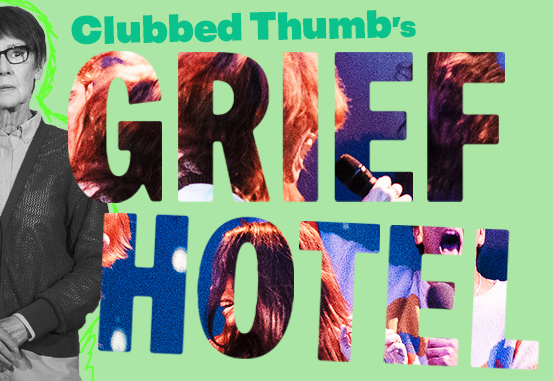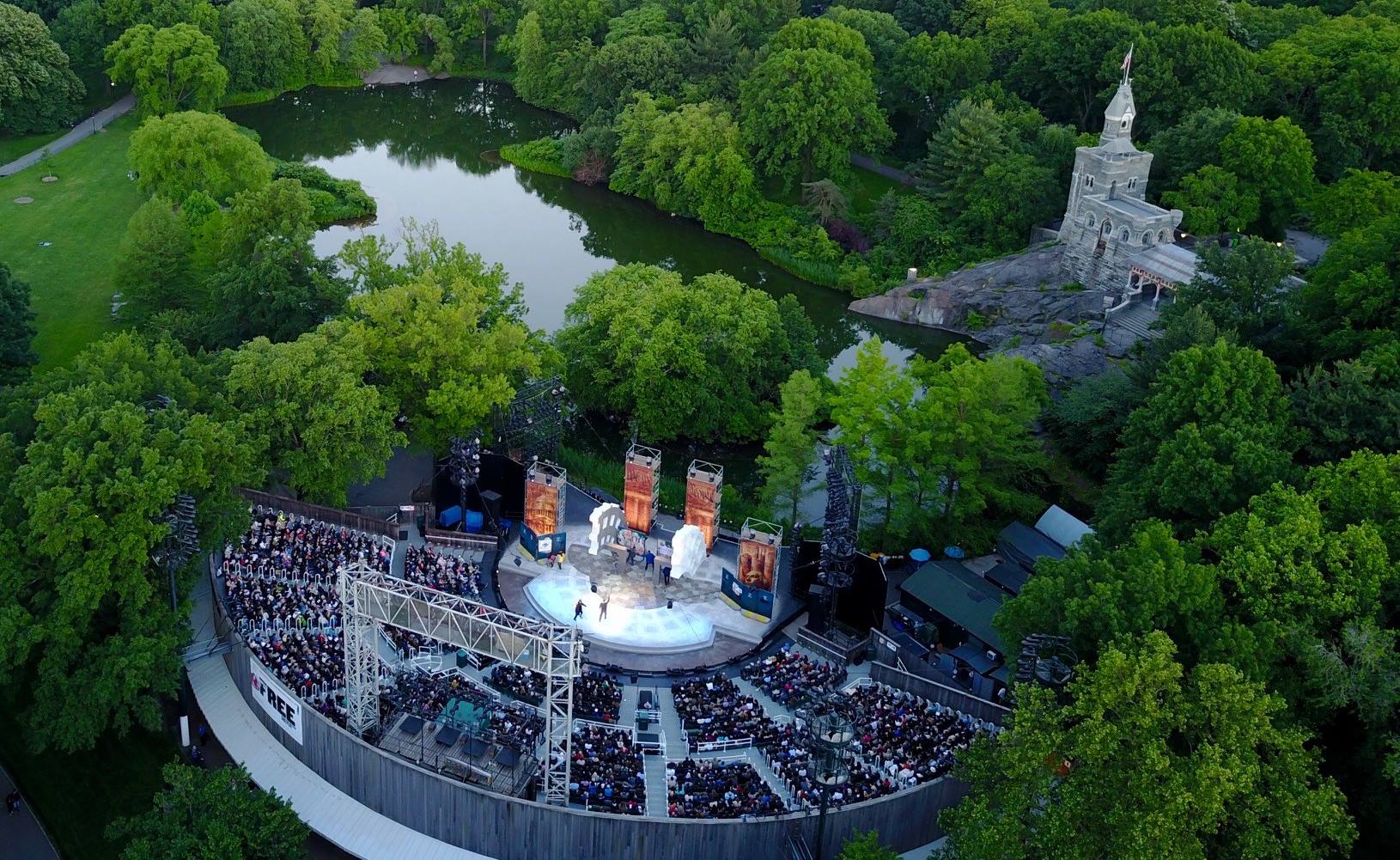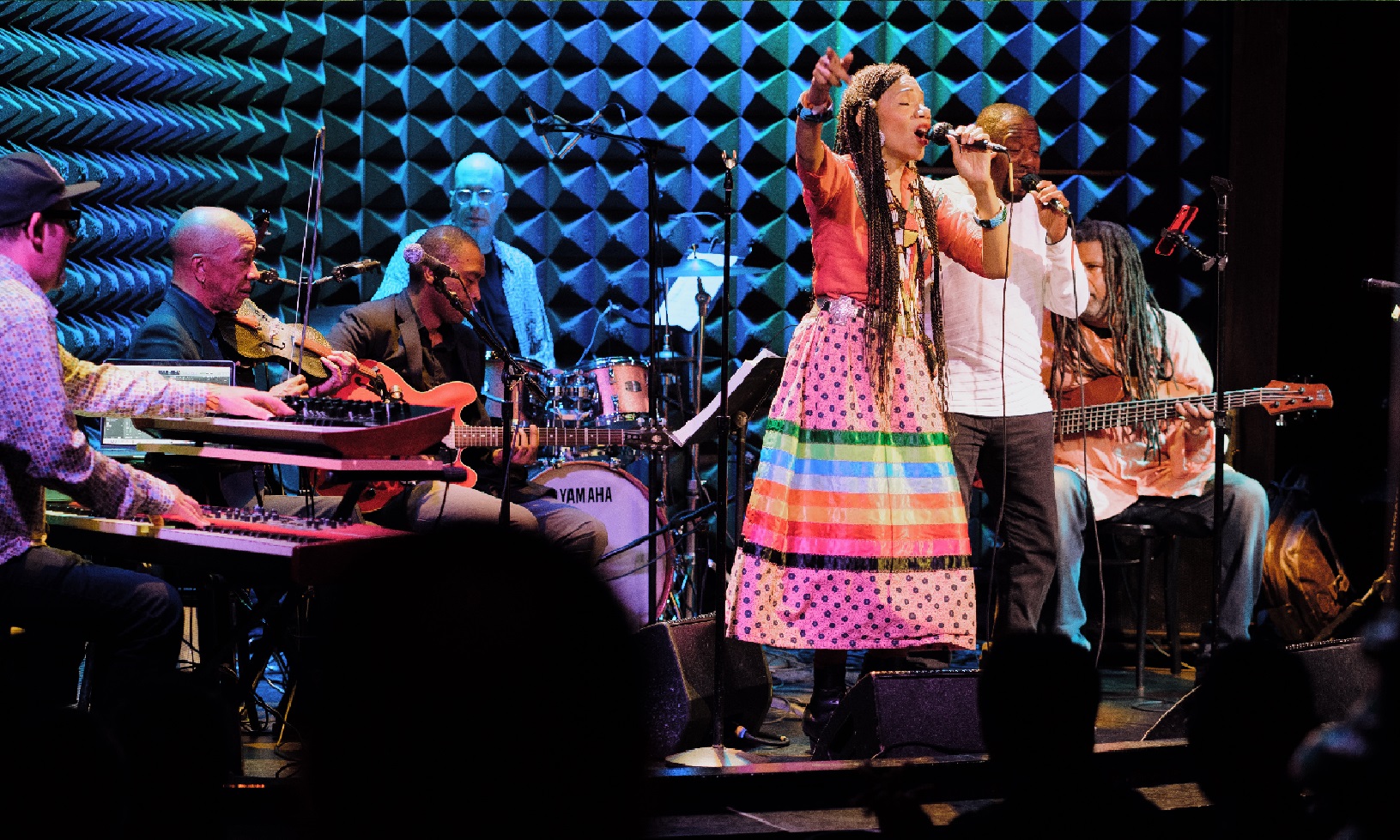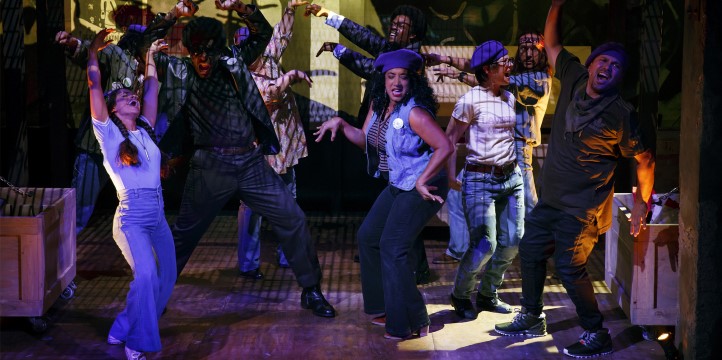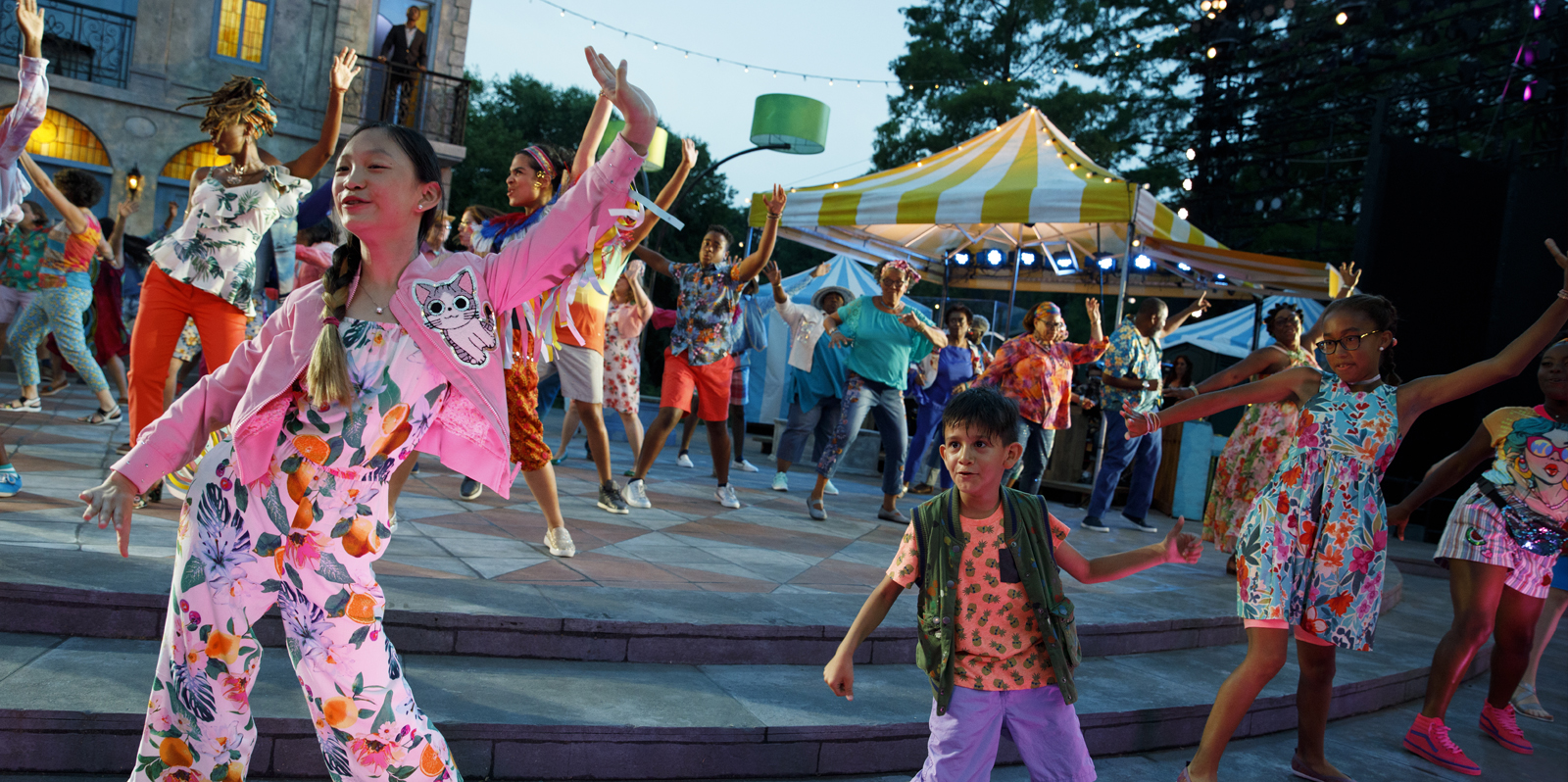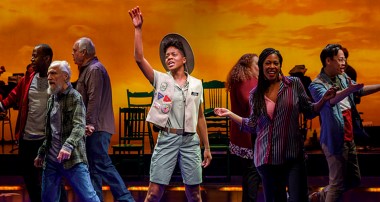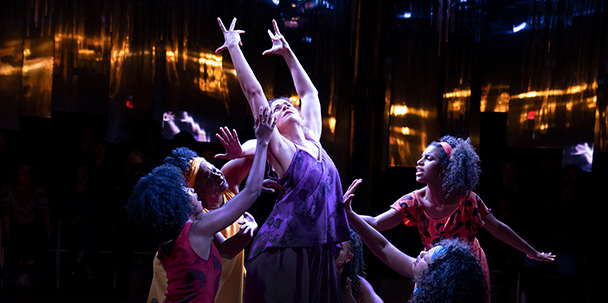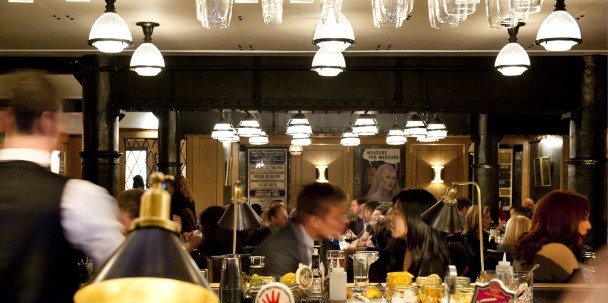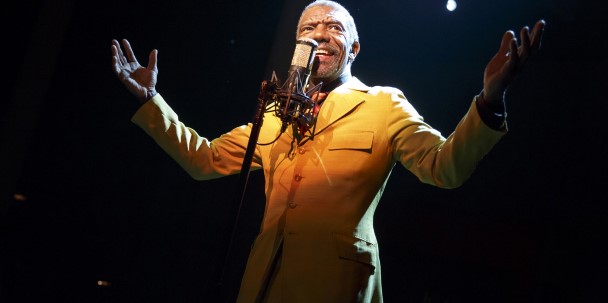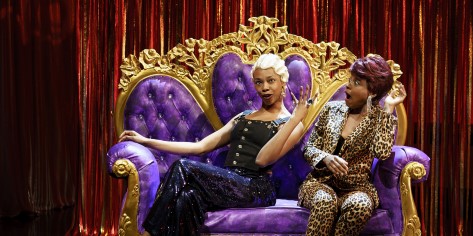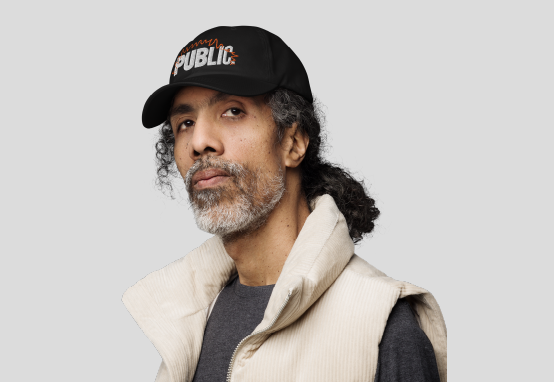After more than a year of working digitally, the Devised Theater Working Group was set to take the stage at the 2022 Under the Radar Festival at The Public. Unfortunately, despite The Public's robust COVID-19 protocols, Under the Radar 2022 was canceled due to multiple disruptions related to the rapid community spread of the Omicron variant. However, this setback does not take away from the work of the DTWG cohort, as shown in their conversation with Chris Reyes.
One by one, small boxes popped up on my screen with brief, but pleasant greetings. I unmute myself to say hello and then wait for the meeting to officially start. Almost two years into the pandemic and this is something I’ve gotten used to—too used to. But for the first time in a while, I was sharing a Zoom room with fellow theatre artists.
Looking back at me were Savon Bartley, Nile Harris, Eric Lockley, Raelle Myrick-Hodges, and Justin Elizabeth Sayre, who make up the 2020-22 Devised Theater Working Group at The Public along with Miranda Haymon, Mia Rovegno, and Mariana Valencia, who couldn’t join us virtually. The Devised Theater Working Group was formed in 2014 to support artists who use collaborative and devised methods to create their work. This season, these artists would need this resource more than ever.
Before the interview began, I took a second to collect myself, unsure of how this conversation would go, especially with a virtual wall between us. Then I realized that this way of communicating has only been a small part of what these artists have had to navigate through in the past season as they’ve prepared their pieces for the Under the Radar Festival, an annual festival where the members share their work. At the start of the pandemic, when our screens became our stages, these artists had to adapt and develop new ways to make their art. In January 2021, they were asked to create digital excerpts of their pieces, but despite the new challenges that came with this task, they were more than ready to try a new medium. For some, it was as easy as pressing record.
“My show is very simple: it’s one person on a stage telling stories. I think with the inclusion of being able to incorporate all these other technologies,” Savon Bartley explained, “either you can go all the way with it or lean more into the simplicity. [My piece] was just as simple as turning on the camera and saying what I would say if people were in front of me.”
But with eight different pieces and eight different artists, everyone had different levels of comfort with creating a piece that would be presented virtually. While some, like Bartley, went with a simple approach, Miranda Haymon was ready to tackle digital theater head-on.
“I was particularly interested in bringing Brecht's theories to a modern audience while incorporating current modes of performance. For me, part of it was a response to the current moment, but also seeing an opportunity for a larger spectrum of dialogue between Brecht and technology,” Haymon shared on email. “What's the intersection between the verfremdungseffekt and green screens? Suffering and Instagram? Gestus and TikTok dances? Incorporating conversations about and with technology expands not only the scope of my work, but its reach.”
Meanwhile, Nile Harris had already been exploring his work through a digital lens, so he approached his piece no different than how he usually would.
“It didn’t really affect the process for me very much of how I made [my piece]. For me, I feel like technology is an inevitability, particularly in regard to hybrid theater making practices today,” Harris said. “I work with materials around me to make my shows and the cultural climate we’re in right now, that leads itself to quite a bit of technology.”
As we continued to talk about technology and its relationship to theater, the future of theater making seemed to hang in the air. Would this be the new normal? For now, that remains to be unanswered as we shifted the conversation to who they are as artists. I was eager to ask: how has this process changed you?
“The biggest development in my process as an artist has honestly been patience,” Raelle Myrick-Hodges responded. “Patience with understanding that the majority of people are not in a system built to make art the way we were trained to do it. It has taught me more about being a great artist than any other process I’ve been in.”
Mia Rovegno added, “The last two years have required such malleability in every aspect of our lives, and definitely upended all expectations as we attempted to create work that could be shared in the gatherings of an unknown future. Our creative collaborations are usually dependent on meticulous planning, but this time we learned to embrace throwing out the plan. Our innovation had to thrive on acceptance that anything was possible, that process would move at the pace of right now, and all might change at any given moment. I’ve definitely sharpened the tools of staying curious and letting go.”
Perhaps it was inevitable considering this unique moment in time, but as each and everyone one of these artists opened up about their artistic process, it was clear that they’ve all evolved. I couldn’t help but feel privileged to be able to talk to a group who seemed to be at the final lap of a very long race.
Unfortunately, a few days after our call, Under the Radar 2022 was canceled and the city—and our industry—was on the verge of another pause. For the last two years, this has become a regular occurrence. Creative processes are constantly being derailed—stopping and starting at a moments notice—because of circumstances beyond our control. I wrote to the members after hearing the news and asked them: how do you push through during these times? How do you stay motivated?
“All of the starting and stopping and not knowing is really hard and I do think takes a toll on us. Making live theater is very hard right now,” Eric Lockley wrote back. “The main thing that helps me stay motivated is my belief in the power and necessity of live theater. Stories change hearts and minds, and when an audience can sit together creating community, and witness a powerful story, the impact is immeasurable. So when I consider the impact that pushing through can have on even just one person in an audience; a person who feels more seen, a person who walks away more compassionate or a person who got the laugh they needed all week, knowing that a story I crafted can make that impact helps me to keep going.”
No doubt that many met the cancellation of the festival with disappointment, but that doesn’t mean that it all stops here. I thought back to something Justin Elizabeth Sayre said during our initial call.
“For me, the theater is about imagination and the less is always more. I like birds on the strings and snowflakes made out of paper,” they shared. “I think that invites people into the process of creation with you, because they have to fill in the rest of the place. There’s no substitute for being in the room.”
Theater can be done anywhere, with as little or as much as we want. And though the “room” continues to shift for the foreseeable future—in person or virtually—two things remain clear: art is adaptable and artists are resilient. With the uncertainty of what theater making will continue to grow into, the members of the Devised Theater Working Group, who have already been at the forefront of breaking the traditional form, are a source of comfort.
Throughout my conversation with the members, another thing became evident: community is what helps theater to flourish. As we’ve learned throughout the pandemic, communities are not easily broken; in fact, moments of hardship only strengthen them.
“Because of the pandemic, [we] did not get the opportunity to commune the way we would have,” Myrick-Hodges reflected. “So the diligence and respect and appreciation for each other’s work has come from the ironic desire to just… look at each other, show up, when obligated, but also fully show up.”
There’s no denying that this group has shown up all season long and will continue to until next season’s group is selected, but it’s now up to us to show up when they’re able to share their art, whether it's face to face or through our screens. Pieces change, processes shift, but theater, when it gets down to it, is made up of two things: the artist and the audience. So no matter where and no matter when, let’s show up together.
Christopher Reyes is a writer and performer based in New York City. Keep up with them on Instagram: @crey_j.
This piece was developed with the BIPOC Critics Lab, a new program founded by Jose Solís training the next generation of BIPOC journalists. Follow on Twitter: @BIPOCCriticsLab.

